On January 15th, two of my friends and I embarked on a seven-day trip to the biggest island of China – Taiwan. We laid out all the routes we would cover and booked the local hotels beforehand; we tried to fit in with the new environment like different cultural background and slightly accented Mandarin; we often got lost in the middle of nowhere but always managed to figure it out. Seven days passed by, and it turned out to be an energy-sapping but skill-gaining trip.
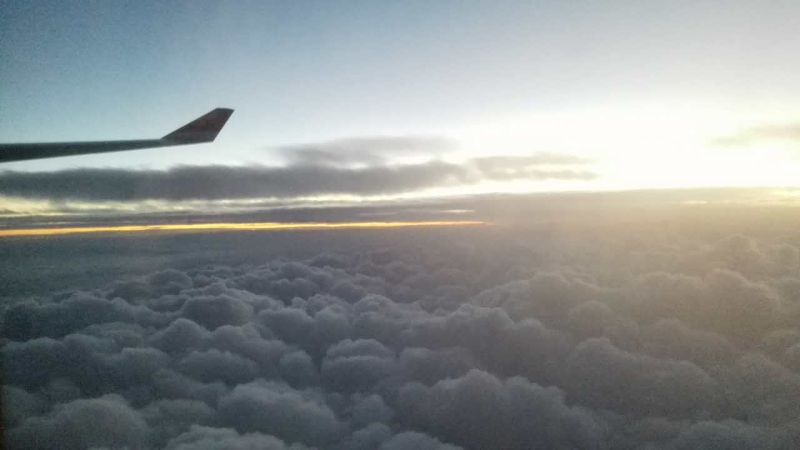
The reasons why we chose Taiwan are simple, the most decisive one of which will be “nostalgia”. I think many Chinese teenagers at our age were once or still are swept along by Taiwan idols and TV dramas, from which we learned much about Taiwan culture: especially the night-market culture. The second reason is a pragmatic one – Taiwan is only a two-hour flight from Guangzhou. What’s more, Guangzhou residents and students don't have to take the package tour to Taiwan. They can operate their tours on their own, which is not allowed in many other cities in China. Therefore, I strongly advise GDUFSers to leverage on this opportunity to broaden their horizons.
Kenting, located in the south part of the province, was our first destination. This world-renowned place is named in memory of a group of laborers who were deployed to develop this originally desolate place. Kenting boasts breathtaking sea views, magnificent sunsets and sunrises, and rows of small delicate villas. One vehicle is especially eye-catching – the electro-mobile, which resembles a motorbike but is driven by a battery. Tourists usually rent the electro-mobiles for 24 hours to travel to neighboring districts because the public transport here is not convenient. Besides, since Kenting is a coastal resort, it’s indeed a fantastic experience to ride a little fancy vehicle on the broad highway while your face is slapped harshly by the sea wind and your hair is messy from blowing in the wind. The sunset has a superpower that takes all the things and people under it into its physic embrace. It makes you forget all troublesome things to watch the bright little ball fading away into the horizon while retrieving all its light. Everything seems to return to peace, but on the other end of the street, man-made light starts to give off. A miscellany of food stalls line up one by one along the street – hailing the passing tourists. The streets assume a form of vitality at this time of day. But a comment should be made that souvenirs or food here are quite expensive compared with that of other places in Taiwan.

Electro-mobile
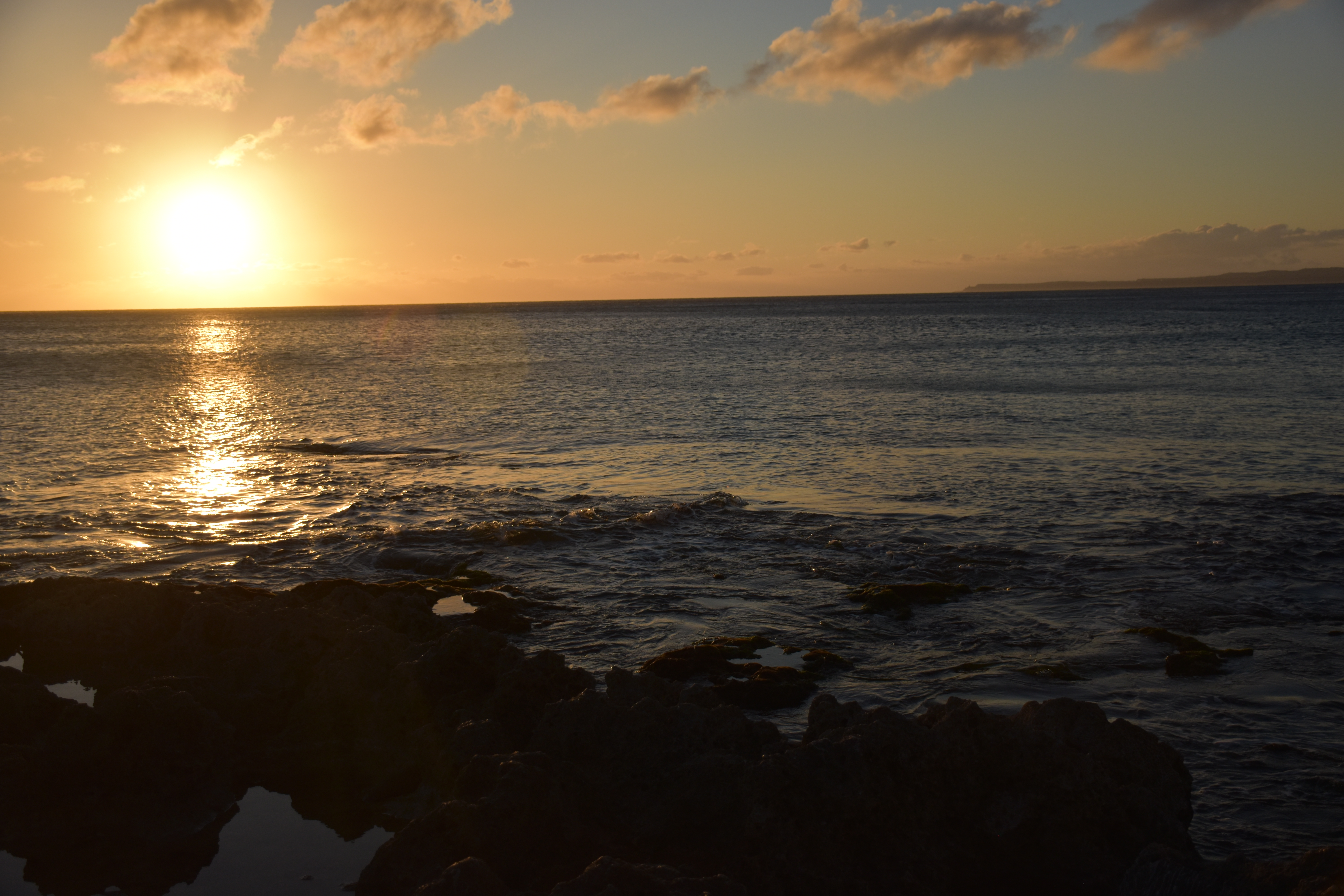
Sunset in Kenting
Our second destination was Hualien, a city embodied by picturesque mountains and seas and its hot springs. In order to be typical tourists, we lived in a hot spring hotel and enjoyed a 30-minute-hot-spring service. We visited the Seven Star Cave, where many stones, which are said to bring good luck to people, sprinkle over the beach. We sat silently on the little stones for ten minutes, letting the sound of the come-and-go waves took away all our thoughts to the faraway horizon. We explored the Cingshui Cliffs, where sky-blue seas can be seen wildly. We also went to the Ziqiang Night Market, the largest night market in Asia, and enjoyed many delicious cuisines we’d never heard of before. Hualien is truly a city combining natural beauty and human achievements.
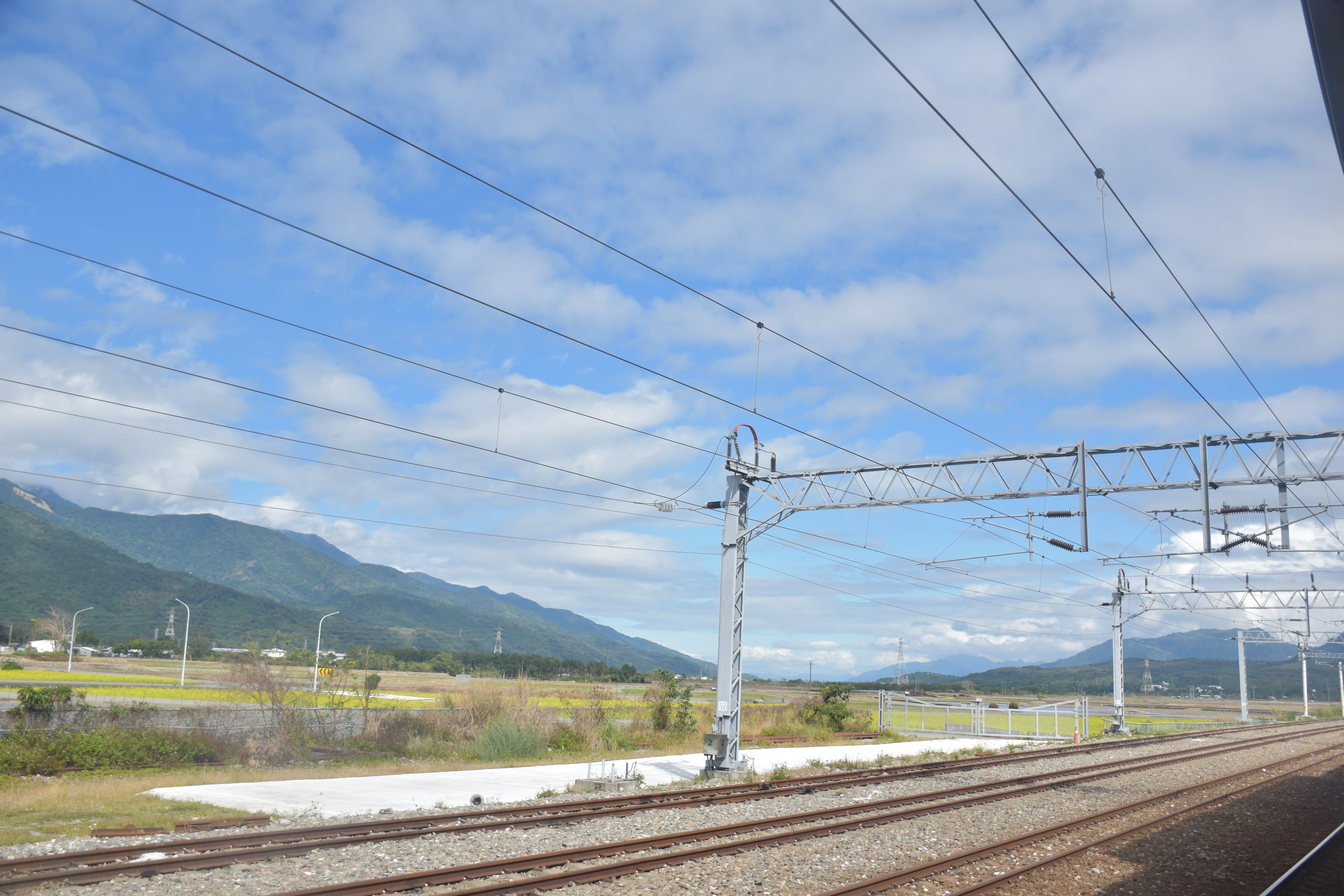
Railways in Hualien
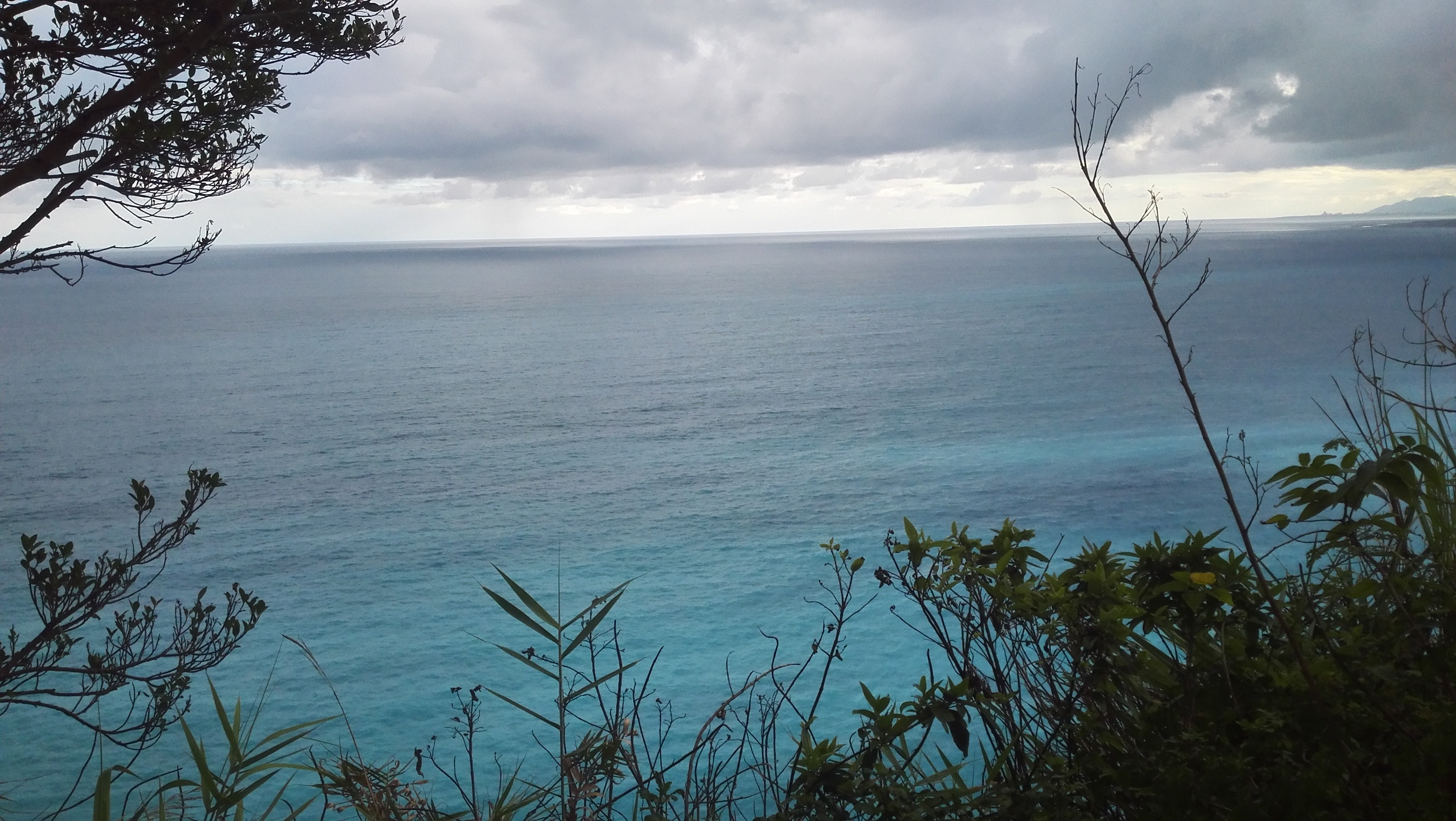
Sea view from the Cingshui Cliff
Shifen, which lies in northeast Taiwan (in Chinese “Shifen” means “very”), was the most impressive place for me. First it was its name that arrested me, but then I was enchanted by what the place has been built for. Here people can buy a wide array of souvenirs like mini sky lanterns, carved stones and special made seals at reasonable prices, so that they can give to those they love these souvenirs which carry auspicious meaning. More people will light up the real sky lanterns on which their wishes are written. This practice has been conducted for hundreds of years in China and it’s said that people’s wishes will be fulfilled once the lanterns successfully fly far away.
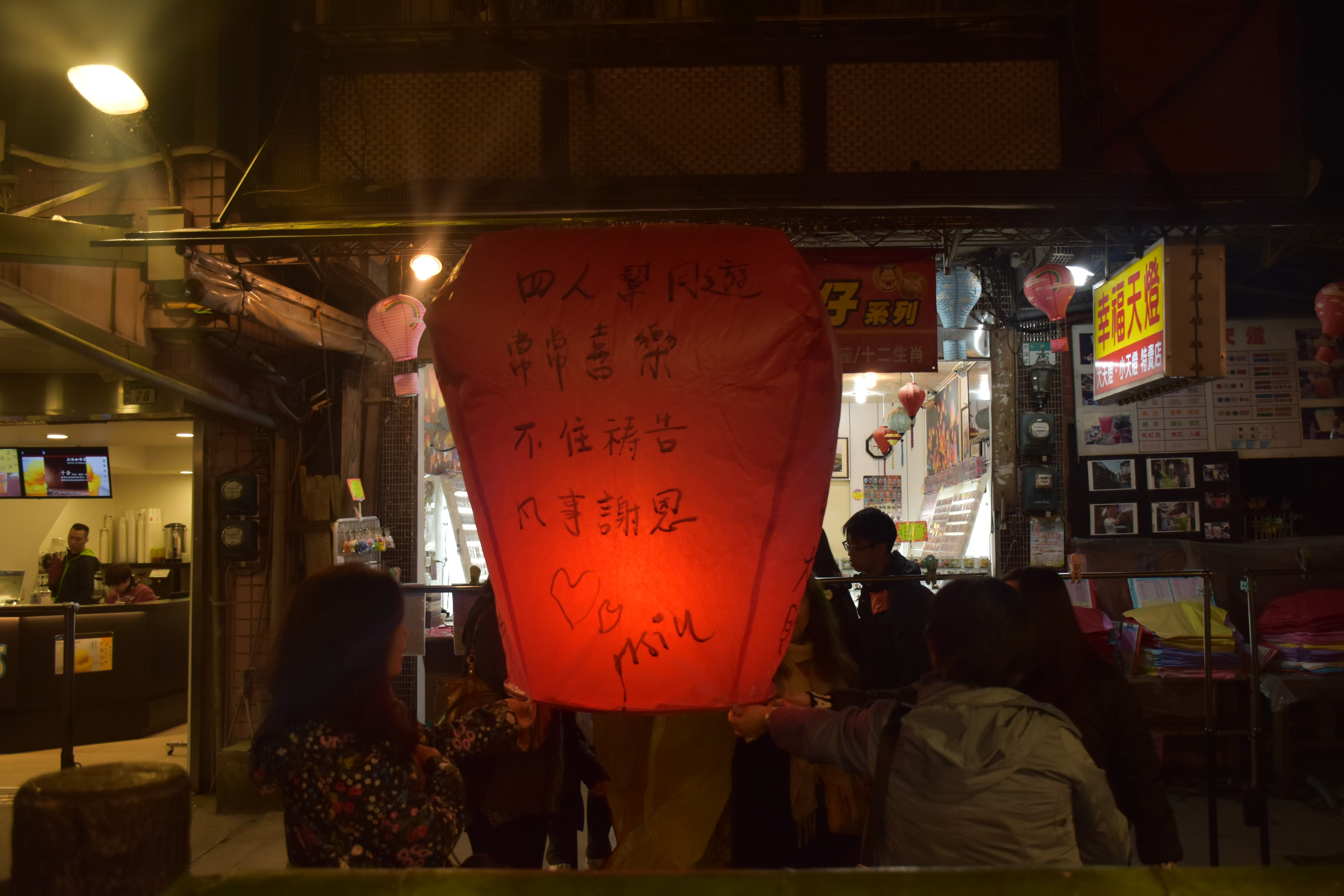
Sky Lanterns in Shifen
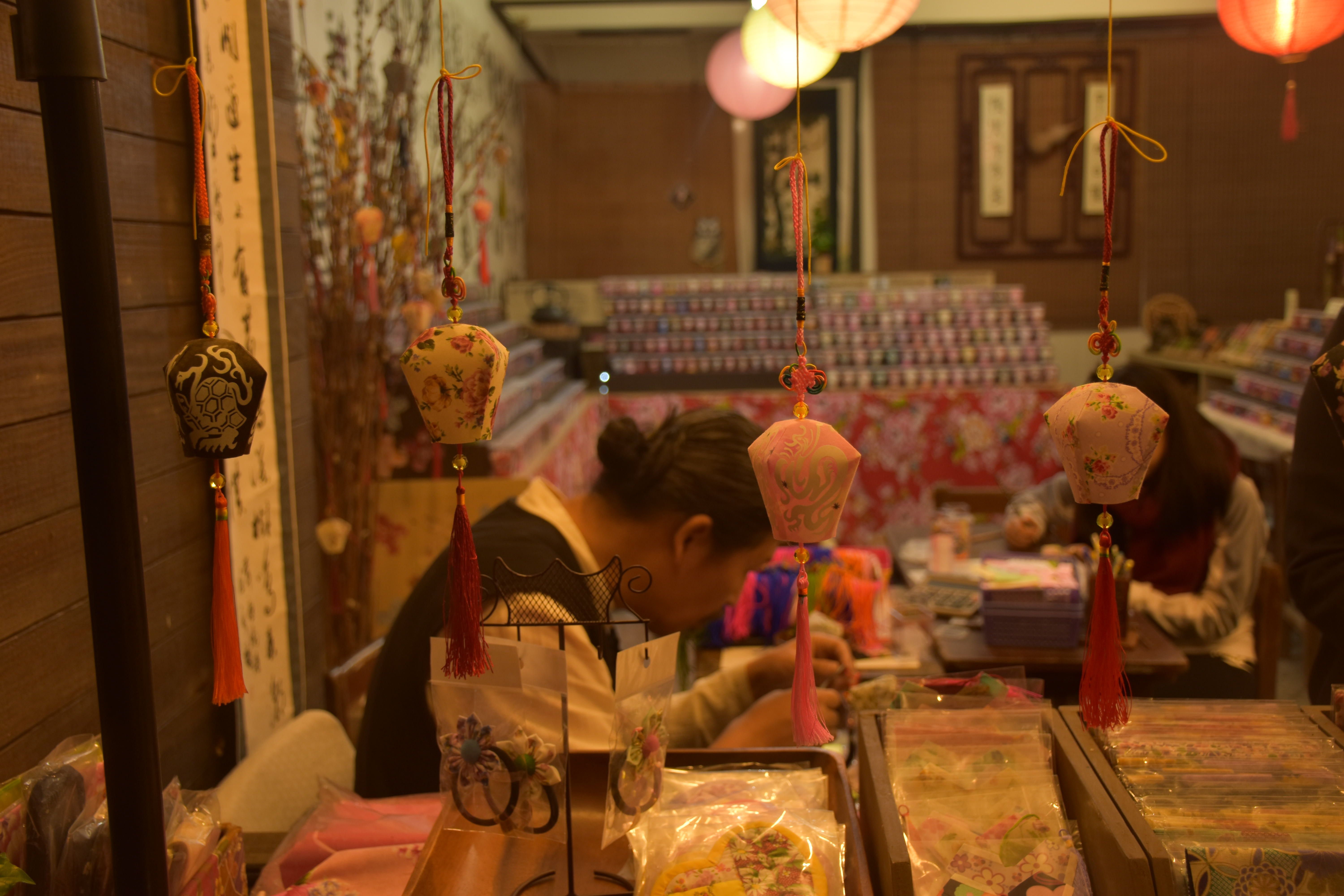
Our last destination was Taiwan’s capital city, Taipei. It’s also the most dynamic and multifunctional city on the island, though it’s not as developed as Guangzhou. Many streets, including the two rows of small old shops and the placards in various sizes, remained unchanged for many years, reminding me of that of Mong Kok, Hongkong. And it’s also a place for shopping. Many young people from other parts of Taiwan will go to Taipei to buy fancy clothes and shoes. Since Taiwan was conquered by many other countries in history, its architectural styles vary a lot, which leaves the city deeper traces of culture. Taiwan National Palace Museum and Sun Yat-sen Memorial Hall are two cultural and historical places of interest that tourists cannot miss. Though the National Palace Museum is comparatively small in its scale and collections, it has its own attractions, mainly featured by two concepts – jade and bronze. And since the year 2017 in Chinese calendar is the Year of the Rooster, there is a gallery displaying the paintings related to chickens on the second floor.
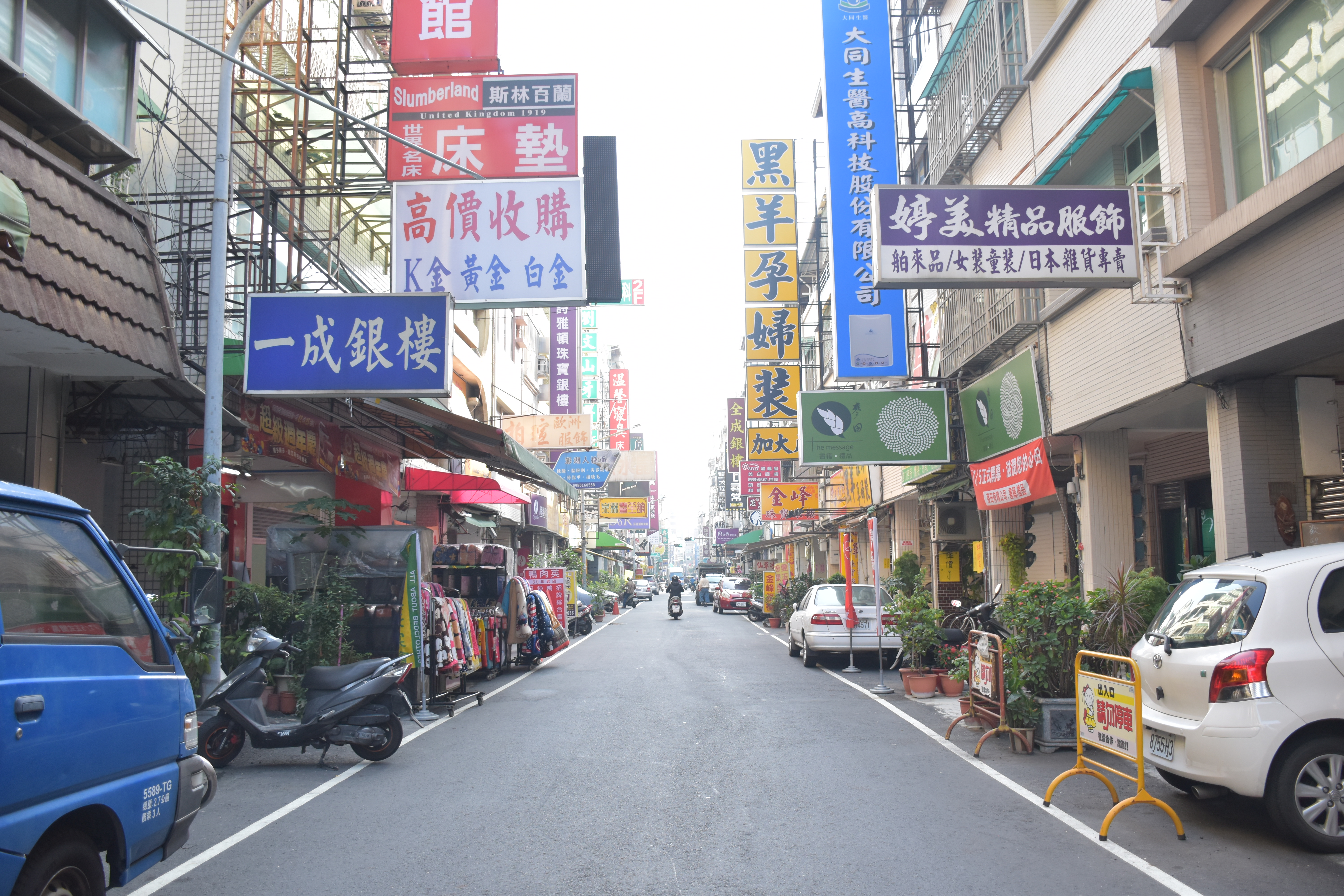
Streets in Taipei
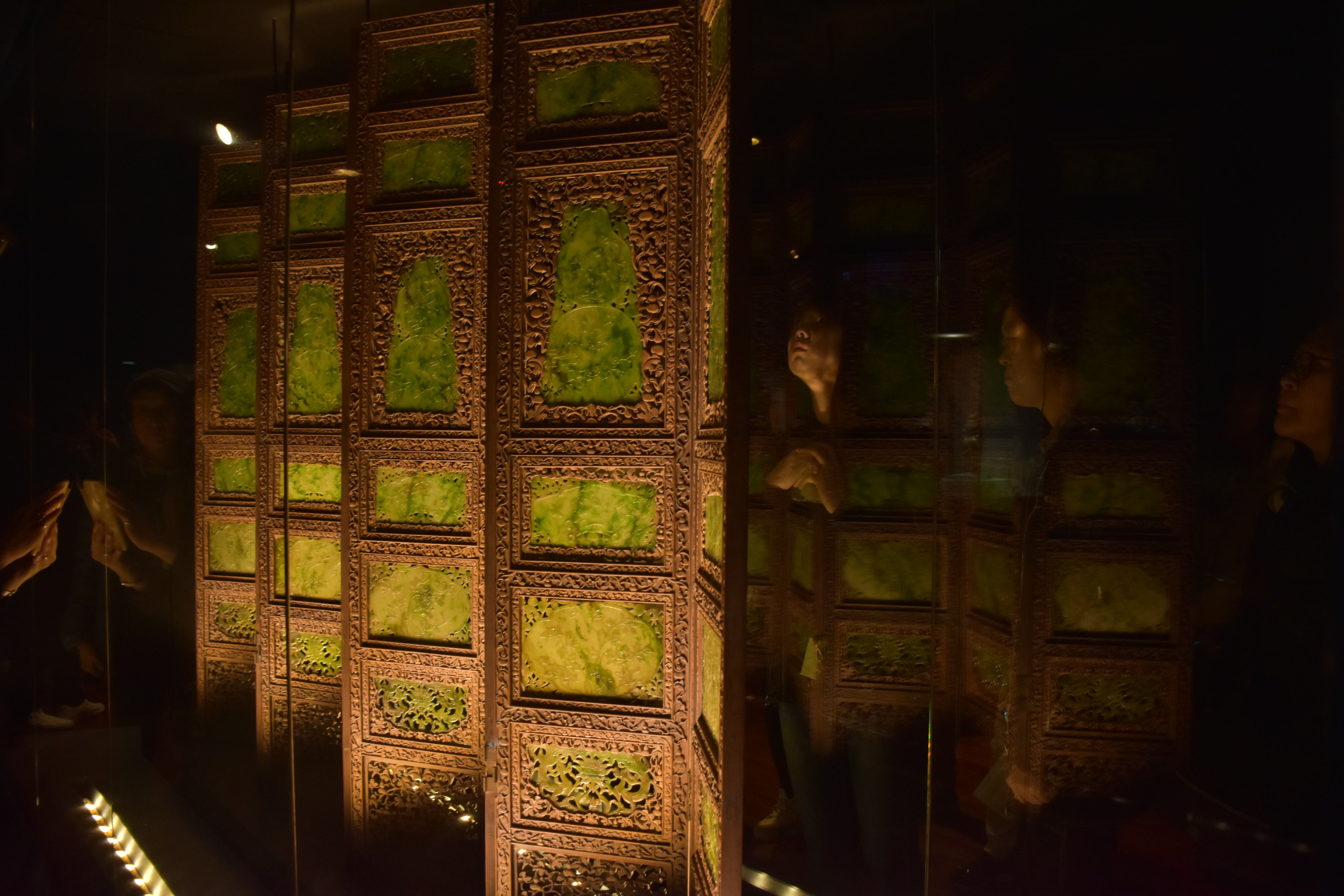
Jade Screen in the National Palace Museum
Apart from Taiwan’s scenery and buildings, I want to say that Taiwanese, on the whole, are really warm-hearted and hospitable. Whether the people that work in service sectors or not, they always smile to strangers who need help or who just want to have a chat. I remember when we stayed at a youth hostel in Taipei, a young manager invited us to draw postcards, and in the meantime we talked about many things, exchanging cultural backgrounds for a whole night. I think in Taiwan tourists will feel they are instantly part of it instead of being total outsiders.
Taiwan was a dream tourism destination for many mainlanders back in 2000s when the icy relation across the strait showed a sign of melting, but the tourism boom has faded in recent years largely due to some political reasons we know. This seven-day journey has pitifully only covered a few places in the east side of Taiwan. I believe that the western cities like the historical Tainan and the scenic Jiayi which I wasn’t able to enjoy, will as well demonstrate that Taiwan is an ideal place for travelling, especially in its scenery and its welcoming people. I hope more and more people will someday have a chance to witness and contemplate the beauty of Taiwan.

